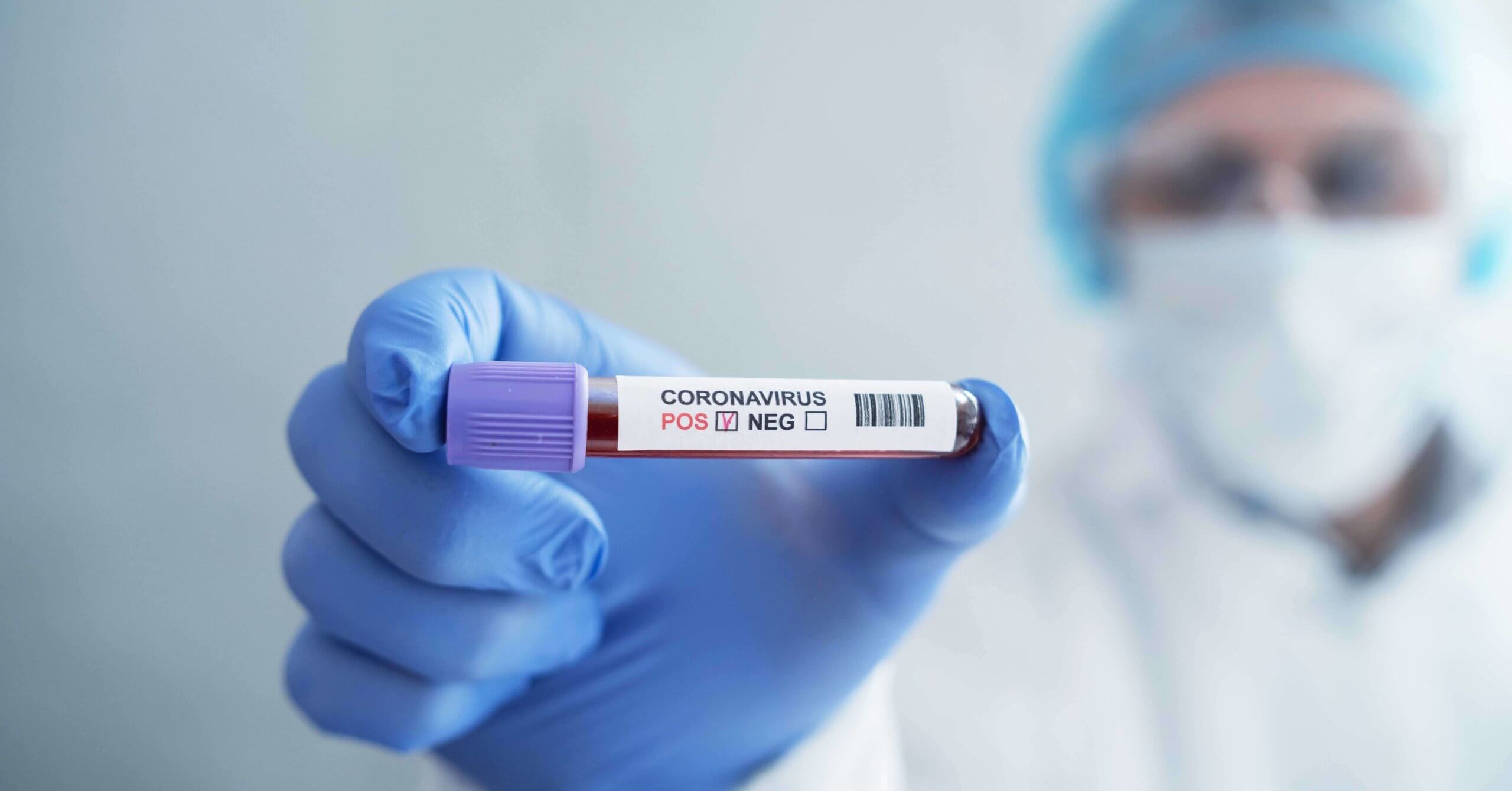COVID-19 is making quite a stir in our society at large.
The World Health Organization (WHO) has declared COVID-19 a global pandemic and many countries are being affected, some more severely than others. There is no doubt this viral outbreak is serious.
We have enough data to know the elderly and individuals with one or more significant health issues (diabetes, immunosuppression and/or upper respiratory comorbidities) are at the highest risk for serious illness and death.
What do you as wound care clinicians need to think about when managing your patients in hospitals, nursing homes and home care?
This is a novel virus, so no one has developed any natural immunity to it, which makes the risks of developing symptoms after exposure fairly high.
Per the Centers for Disease Control and Prevention (CDC), the most common symptoms are fever, dry cough and shortness of breath. More serious symptoms can be increased difficulty breathing, pneumonia, ARDS, persistent pain or pressure in the chest, sudden confusion or difficulty to arouse and the lips or face turning blue.
Let’s explore the effects of COVID-19 on wound healing.
Reduced oxygenation of the blood
It may not seem like the virus would have a direct impact on wound healing. However, difficulty breathing and systemic infection could indirectly impact the healing process.
We know any type of respiratory issue can affect oxygenation of the blood and lead to decreased tissue perfusion at the wound.
Considering the shortness of breath, difficulty breathing and sometimes the need for a ventilator in the treatment of the virus, patients are likely struggling with oxygenating the blood.
Since all phases of wound healing are oxygen dependent, patients affected by the virus could see a negative impact on healing.
An already taxed immune system
The body’s immune system plays an integral role in healing, especially in the inflammatory and even proliferative phases.
Fever, indicating the systemic infection, could lead to the body diverting resources away from the wound to handle more serious immunological challenges.
Metabolic demands and nutrition
The increased metabolic demands imposed on the body by an infection could potentially divert nutrition away from the wound to other systems in need to combat the illness, thus slowing the healing process.
The body’s nutritional needs increase with illness, disease and wounds. Frequently, our wound care patients struggle with consuming the necessary macro and micronutrients required to effectively heal.
Compound that with a viral infection, and even the best of us struggle with eating when we are ill. This can only exacerbate the problem with our wound care patients.
Wound care patients are in high-risk group
With regards to chronic wound patients, this population is likely to have multiple comorbid conditions that would put them in the high-risk population to be significantly affected by COVID-19.
Therefore, it would be imperative that wound care clinicians take the utmost precautions to prevent contracting the virus and spreading it to patients.
In the hospital setting, infected patients are coming in for treatment where there is considerably more human traffic in and out.
Preventative measures are undeniably at the extreme level in this setting since, despite our best efforts, sterilizing the environment is not a realistic goal.
On a positive note, chronic wounds typically are not managed long term in the hospital setting.
Chronic wounds will likely be managed in a skilled nursing facility or in the patient’s home. Other common settings include sub-acute and long-term care.
Decrease chances of your own exposure
Many healthcare facilities have stopped allowing visitors during the pandemic.
Therefore, as essential employees, you need to practice appropriate measures to prevent your own exposure away from work as well to reduce the chance of bringing it into your work environment.
In the home care setting, the risk would lessen somewhat because of less traffic coming in and out of the patient’s home. However, the healthcare workers and family need to be vigilant in preventing exposure of the patient to the virus they may bring with them.
In these difficult times, we need to be vigilant and cautious while tempering that with common sense and logic based on the best available data.
Explore our COVID resources page.
What do you think?

